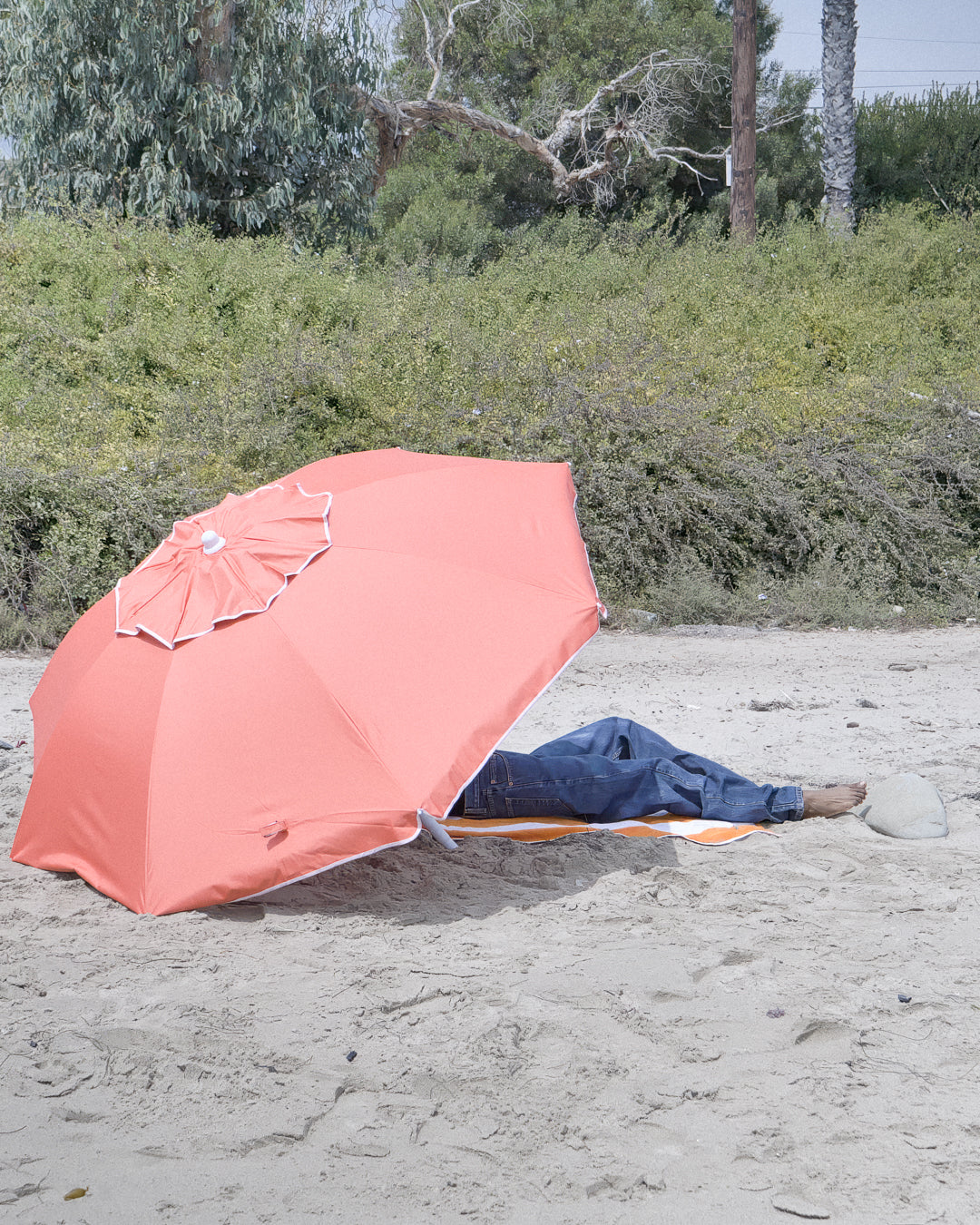
From one wardrobe to another: Allowing Time to Go By, Espera.
We believe in doing better.Better for our environment, future generations, and ourselves.We understand that fashion trends come as quickly as they go; however, personal style is timeless.

A Circular Economy
Buying used clothing supports the concept of a circular economy, where products are used, reused, and recycled, rather than disposed of after single use. This approach minimizes waste and is sustainable.

Buying Pre-loved vs Buying a New Garment
The production of new clothing involves processes like growing or manufacturing fibers, dyeing and assembling garments. This consumes energy, water, and raw materials. Also, new clothing often requires chemicals and dyes that can pollute waterways, and the atmosphere.
Buying used clothing helps to conserve our resources by reducing the demand for new clothing production.

The Impact of Fast Fashion
The fast fashion model encourages consumers to view clothing as disposable. The industry's accelerated trend cycles and shortened seasons (not to mention poor quality production) have led to a decrease in resale value, causing a staggering 84% of unwanted clothing to be disposed and ending at a landfill or incinerator. In less than 20 years, the volume of clothing Americans toss each year has doubled from 7 million to 14 million tons or an astounding 80 pounds per person.
